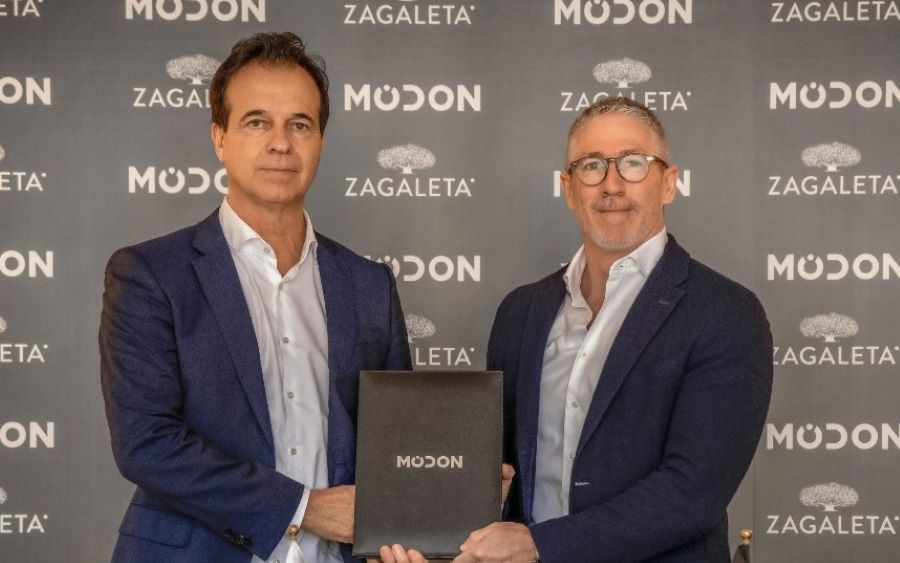
globalbizmag.com
Global Demand for LNG to Slowdown in Coming Years, Says IEA
After a decade of unprecedented expansion, growth in global demand for natural gas is expected to slow in the coming years as consumption declines in mature markets, according to the International Energy Agency’s (IEA) new medium-term forecast.
In its forecast entitled “Gas 2023 Medium-Term Market Report,” which was released on Tuesday, global gas demand is on course to grow by an average on 1.6% a year between 2022 and 2026, down from an average of 2.5% a year between 2017 and 2021.
The report noted that the advent of the global energy crisis in 2022, triggered by Russia’s invasion of Ukraine, has ushered in a different era for global gas markets after their decade of strong growth between 2011 and 2021.
Overall gas demand from mature markets in Asia Pacific, Europe and North America peaked in 2021, and is forecast to decline by 1% annually through to 2026. An accelerated rollout of renewables and improved energy efficiency are among the key drivers behind the downward trend for natural gas in these markets. For Europe, the loss of piped gas from Russia, following its invasion of Ukraine, pressed governments to seek alternative solutions to maintain energy security.
Decreasing demand in mature markets across the world – a collection of countries that represents almost half of global gas consumption – means that growth will be highly concentrated in fast-growing Asian markets as well as some gas-rich economies in the Middle East and Africa.
“China alone is expected to account for almost half of the total growth in global gas demand between 2022 and 2026, drawing on the fuel to serve its industrial production, power sector and urban areas,” the report said.
An increase in the amount of new liquefied natural gas (LNG) capacity coming online is expected to affect market dynamics in 2025 and 2026 by easing some of the tightness and unlocking price sensitive demand.
Capacity to Expand
Global LNG capacity is expected to expand by 25% between 2022 and 2026, with the US consolidating its position as the world’s largest LNG exporter through the construction of new liquefaction plants. Growth in LNG supply signals a shift to a more globalised gas marketplace, which will improve resiliency and the ability of suppliers and consumers to respond to supply and demand shocks.
Keisuke Sadamori, IEA Director of Energy Markets and Security said that after their heyday between 2011 and 2021, the world’s gas markets have entered a new and more uncertain period that is likely to be characterised by slower growth and higher volatility – and could lead to a peak in global demand by the end of this decade.
“Different trends are playing out across different regions, with demand declining in mature markets but continuing to grow in emerging and developing economies. We expect a substantial increase in new LNG capacity coming online in the years ahead, which should ease some of the tightness and security of supply concerns that markets have been experiencing since Russia started withholding supplies in 2021,” Sadamori added.
While gas prices decreased in the first three quarters of 2023, uncertainty and risks remain for the coming winter in the Northern Hemisphere. Steep demand reductions in Europe and some Asian markets helped reduce strains, but supplies remain tight.
The increase in LNG supply was not enough to offset the sharp declines in deliveries of pipeline gas from Russia to Europe. As such, the risk of price volatility, particularly in the event of a cold winter, is cause for concern. Europe’s gas storage sites entered the winter heating season at 96% capacity. However, this is no guarantee of stable prices throughout the season, particularly in the event of exceptionally cold weather.
In addition, the 2023 medium-term report provides an outlook for the role of low-emissions gases across key regions. The supply of these gases is expected to more than double through to 2026, with Europe and North America set to drive this expansion and contribute almost 70% of the overall growth.
The development of low-emissions gases in these markets benefits from a wide range of policies, increasingly sophisticated subsidy schemes and well-developed, interconnected gas networks. Nevertheless, further efforts will be required to reach the ambitious targets set both for biomethane and low-emissions hydrogen, the report added.













